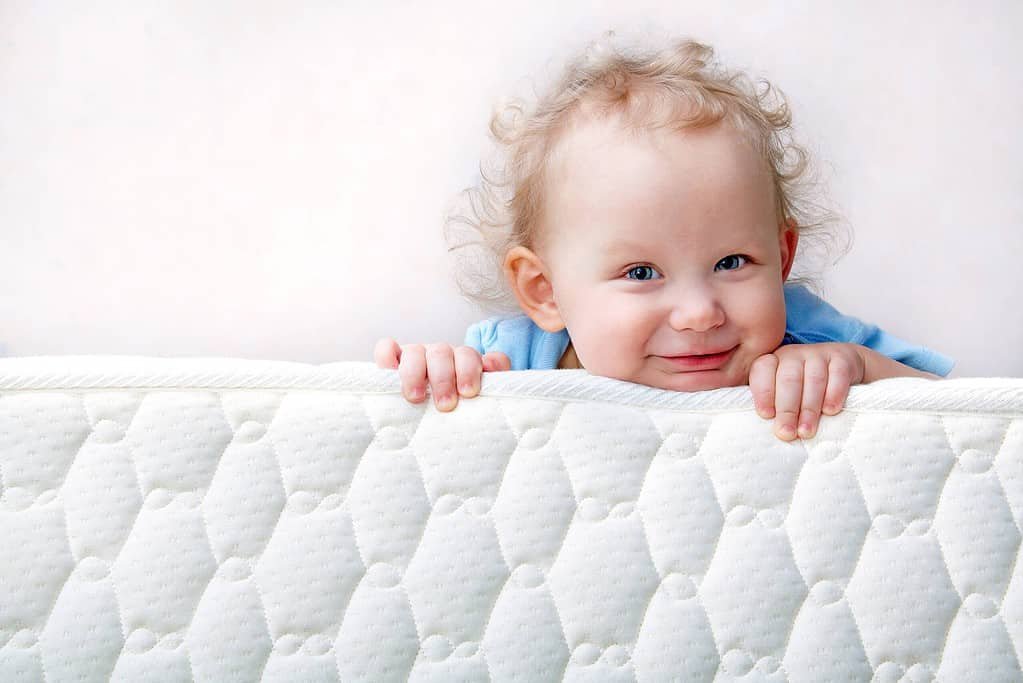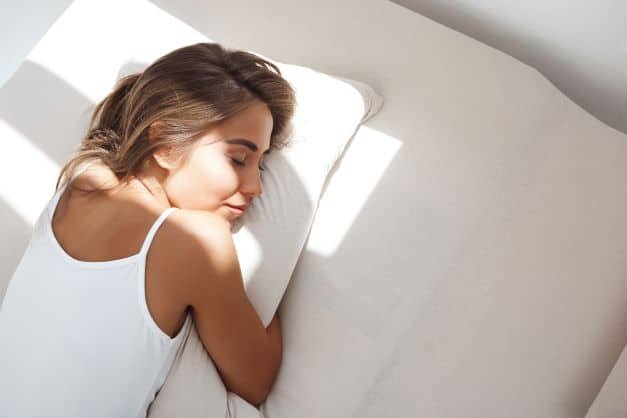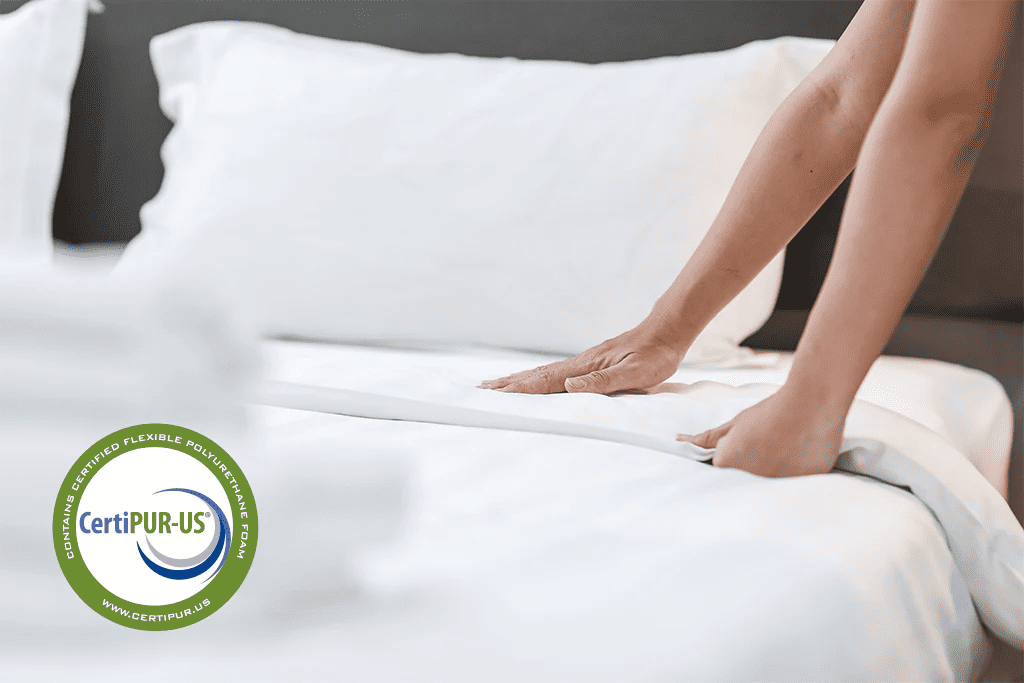How To Choose The Right Mattress For Your Child
Choosing the right mattress for a child is an important decision that can affect their overall health and well-being. A good mattress can help ensure a child gets a good night’s sleep, which is essential for their physical and mental development. However, with so many types of mattresses available, it can be challenging to know where to start. When choosing a mattress for a child, several factors must be considered. The age and size of the child, as well as their sleeping habits and any health issues they may have, should all be taken into account. Additionally, parents should consider the materials used in the mattress, as well as its firmness and support.
Why Choosing the Right Mattress is Important
A good quality mattress can help your child get the restful and restorative sleep essential for physical and mental development. On the other hand, a poor-quality mattress can lead to discomfort, pain, and even sleep deprivation. According to the Sleep Foundation, children need more sleep than adults as their bodies and brains are still developing. Infants require up to 17 hours of sleep per day, toddlers need around 12-14 hours, and school-aged children need 9-11 hours of sleep per night. Therefore, it is vital to ensure that your child has a comfortable and supportive mattress that can help them get the recommended amount of sleep.
When choosing a mattress for your kids, there are quite a few factors to consider, including the size, firmness, and materials. A good quality mattress should provide adequate support for your child’s spine and joints and offer pressure relief to prevent discomfort and pain. It should also be durable and long-lasting, so you don’t have to replace it frequently. Further to the above, a good quality mattress can help prevent allergies and other health issues. Some mattresses are made with hypoallergenic materials that can prevent the growth of allergens such as dust mites, mould, and bacteria. This can be especially beneficial for children who suffer from allergies or asthma.
Factors to Consider When Choosing a Mattress for Your Child
- Size – One of the most important factors to consider when choosing a mattress for your child is the size. You want to ensure the bed is big enough to accommodate your child’s growing body. A twin or single-size mattress is usually sufficient for younger children, but as they age, you may want to consider a larger size, such as a double or small double mattress.
- Firmness – The firmness of the mattress is another factor to consider. You want to choose a mattress that is firm enough but not so firm that it is uncomfortable to sleep on. A medium-firm mattress is usually a good choice as it provides a balance of comfort and support.
- Material – The material of the mattress is also important. You want to choose a mattress made from quality materials that are safe and durable. Some popular materials include memory foam, latex, and innerspring. Memory foam mattresses are known for their comfort and support, while latex mattresses are hypoallergenic and durable. Innerspring mattresses are a traditional choice known for their support and durability.
- Support – The support provided by the mattress is also important. You want to choose a mattress that properly supports your child. Look for a mattress with good edge support to prevent your child from rolling off the bed.
Types of Mattresses for Children
When choosing a mattress for your child, there are several types to consider. Each type has unique features and benefits, so it’s important to understand their differences before deciding. In this section, we’ll explore the 4-main types of mattresses for children: innerspring, memory foam, latex, and hybrid.
- Innerspring Mattresses – Innerspring mattresses are one of the most common types of beds for children. They comprise a system of coils that provide support and comfort. The number of coils in the mattress can vary, with more coils generally providing better support. Innerspring mattresses are often covered with foam or padding to provide additional comfort. One of the benefits of innerspring mattresses is that they are generally more affordable than other types of mattresses. They also tend to be more durable and long-lasting. However, they may not provide as much support as other mattresses and can be noisy when your child moves around in bed.
- Memory Foam Mattresses – Memory foam mattresses are another popular option for children. These mattresses are made from a particular type of foam that conforms to your child’s body shape, providing customized support. Memory foam mattresses are often recommended for children with back or joint pain, as they can help alleviate pressure points. One of the benefits of memory foam mattresses is that they are very comfortable and quiet, as the foam absorbs movement and prevents noise. However, they can be more expensive than other mattresses and may retain heat, which can be uncomfortable for some children.
- Latex Mattresses – Latex mattresses are made from natural or synthetic latex foam. They are known for their durability and long lifespan. Latex mattresses are also hypoallergenic, making them a good choice for children with allergies. They are also very supportive and can help to alleviate pressure points. One of the downsides of latex mattresses is that they can be pretty heavy and difficult to move. They can also be more expensive than other types of mattresses. Additionally, some children may be allergic to latex, so checking for any allergies before purchasing a latex mattress is essential.
- Hybrid Mattresses – Hybrid mattresses are a combination of innerspring and foam mattresses. They are designed to provide the best of both worlds, with the support of an innerspring mattress and the comfort of a foam mattress. Hybrid mattresses can be a good choice for children who need extra support but also want a comfortable sleeping surface. One of the benefits of hybrid mattresses is that they provide excellent support and comfort. They are also often more affordable than memory foam mattresses. However, they may not be as durable as other types of mattresses, and they can be quite heavy and difficult to move.
Additional Features to Look for
When choosing a mattress for your child, there are a few additional features to consider that can provide added comfort and convenience. These features include hypoallergenic materials, waterproofing, and breathability.
- Hypoallergenic Materials – If your child suffers from allergies or asthma, choosing a mattress made from hypoallergenic materials is important. These materials resist dust mites, mould, and other allergens that trigger allergies or asthma symptoms. Look for mattresses made from natural materials such as organic cotton, wool, or latex, as these materials are less likely to cause allergic reactions. Also, avoid mattresses containing synthetic materials or chemicals, as these can trigger allergies or asthma.
- Waterproofing – Accidents happen, and if your child is prone to bed-wetting or spills, a waterproof mattress can be a lifesaver. Look for mattresses with a waterproof or water-resistant cover that can be easily removed and washed. Some mattresses also come with built-in waterproofing, which can be convenient for busy parents. However, waterproofing can affect breathability, so choosing a mattress that balances waterproofing and breathability is essential.
- Breathability – A breathable mattress can help regulate your child’s body temperature and prevent overheating, leading to discomfort and disrupted sleep. Look for mattresses made from breathable materials such as cotton, wool, or latex, as these materials allow air to circulate and prevent moisture buildup. Additionally, consider beds with built-in ventilation systems or air channels, which can further improve breathability and comfort.
Choosing the right mattress for your child is essential for their healthy development and overall well-being. With so many options available, it can be overwhelming to make the right choice. However, considering firmness, construction, materials, and size, you can narrow your options and find the best mattress for your child.



